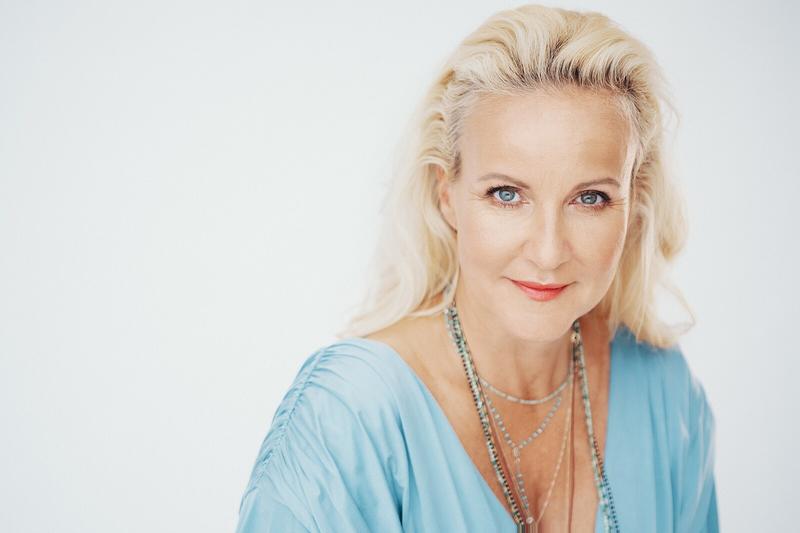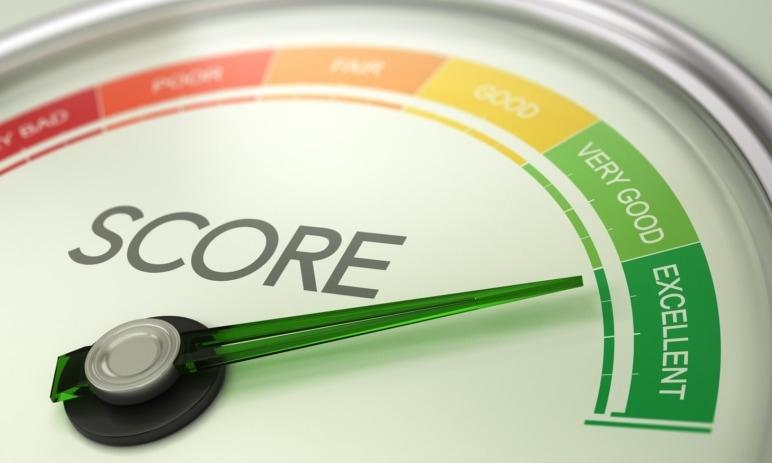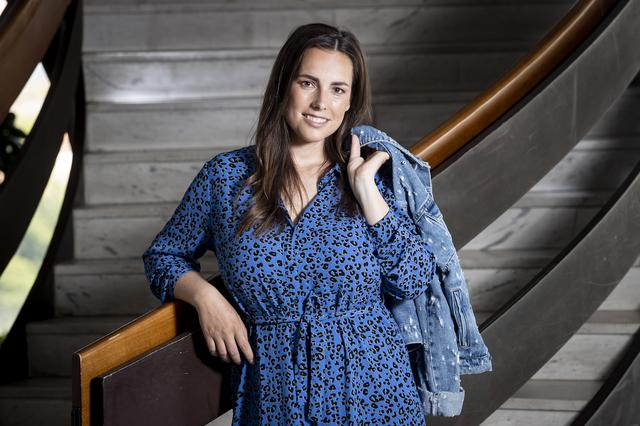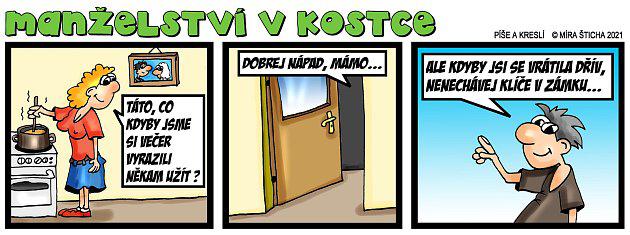5 mistakes when teaching swimming: scuba diving and underestimation of risks<
1You go with the baby right into the water and into the depths
An even worse option is a simple throw into the water, similar scenarios usually lead to a frightened child and trauma. The child needs to feel safe and have enough time when getting acquainted with the aquatic environment.
"One-year-old children go to the water in the arms of their parents, for two-year-olds and three-year-olds it is good to start in a paddling pool or a small pool where the child stands, then sit in the water, splash and play. Older children must, of course, reach the bottom, beginners should have water up to their waist, ”advises Štěpánka Štrougalová from the Juklík swimming club. Parents should always find out as much information as possible about the place of swimming, in the case of swimming pools the quality of water and its chemical treatment is especially important, especially for children under three years of age, as they are prone to eczema and allergic reactions to chemicals in the water.
2You teach scuba diving with a stuffy nose and closed eyes
Few of us move in the water like Michael Phelps, but such a "skill" will be of no use to the child. On the contrary, it can complicate the following swimming lessons, because the child will be afraid of water in the eyes and nose. "Start gradually blowing into the water, bubbles, exhales into the surface and splashing with your hands. Then you can add pouring your head with water, hiding your face in the water to immerse your head. Everything has to go gradually and playfully, we don't want to force the child into anything, but slowly get used to it, "explains Štrougalová. According to her, children from swimming clubs will sink underwater on average after two months of regular training.
The child must learn to blow bubbles underwater while diving, and the time spent underwater and holding breath gradually increases. Activities must be fun for the child, especially if he or she has already managed to distrust the water. Also avoid learning several things at once - only after you have mastered one activity teach your child another, in the meantime fill the time with playing and fun so that the water does not like him.
What will little underwater divers find? Check out the scuba diving game:
3You skip merging
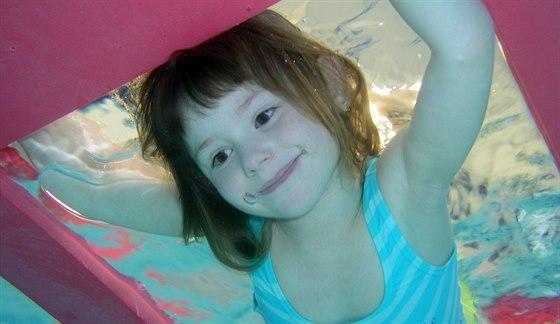
Hovering on the water is another prerequisite for a good swimmer after diving. Gradually, the child will also learn to get into other positions and movements. We first place the child on the water on his stomach with his head hidden in the water, into which he blows bubbles and floats on the spot. First, of course, we hold it, then we teach it to get to the surface by bouncing off the bottom or from the edge, and we extend the length of the flow, ”advises Štrougalová.
Children in swimming clubs, where they go regularly from five months to a year, manage to merge with the help of their parents at the age of about 3 to 4 years and independently around four and a half years in the deep pool. Children who are not afraid of water and sink under water often manage to lay on the water for the first time as they try.
4You will start teaching straight through the whole swimming style
The imperfection of our swimming style, where we kick with our feet in all sorts of ways and when we crawl badly combine movement with breath, will naturally be passed on to children as well. For this reason, it is also better to seek the services of professionals who will eliminate mistakes right from the start.
Photo galleryView photo gallery |
The fundamental mistake is the effort to teach the child the whole swimming style at once - most often it is the breasts, the result is often a child "fighting" with water. According to experts, it is best to start with individual elements, such as crawling legs, which the child can practice first sitting on the edge of the pool and then add them to the merger. have to lay on the water if she is afraid of her).
"You can start floating on the surface with the help of an air mattress or other aids with the help of parents, then you will gradually get to a relaxed position on the surface," recommends Štrougalová. "But they are not very suitable for swimming in terrain where it is not safe to have your head under water and not see around you. The head may be above the water at the chest, but this is not the best from a health point of view, and the head also dives at the swimming competition, ”adds Štrougalová.
Swimming counselingEverything about swimming for infants and children will be answered by the online counseling center at eMimino.cz. Or ask about mothers' experiences in discussing babies swimming. |
Children can only move from place to place without a swimming aid such as a circle or boards when they manage to sink their head under water, are not afraid to move in the water, kick a crawl kick with their feet and exhale under water.
Swimming boards, noodles and belts help to teach swimming. The swimmers provide light weight in the swimming position. Don't expect four-year-olds to master the swimming style, children from swimming clubs will, on average, master crawl and character around the age of five.
5Low instruction on safe entry and exit from water and risks
Water is a dangerous element, and even if a child enjoys it, the parent must teach him about the risks. In addition, pediatricians warn that today's popular swimming with babies will deprive children of natural caution from the water, which can lead to dangerous behavior.
"Parents should definitely teach their child to climb safely and out of the water. Slow entry into the water is important, and if the place is hard to reach, they also need to think about how I can get out of the water safely. Then, of course, the general rules apply, such as not jumping into the water where I do not know the depth and terrain. We must also be careful with weirs with lower currents, the lower currents can also be in the sea, "describes swimming instructor Štrougalová. Children will definitely be happy if you try falls and diving with them in the place where you often go swimming.


 Tags:
Tags: Prev
Prev

